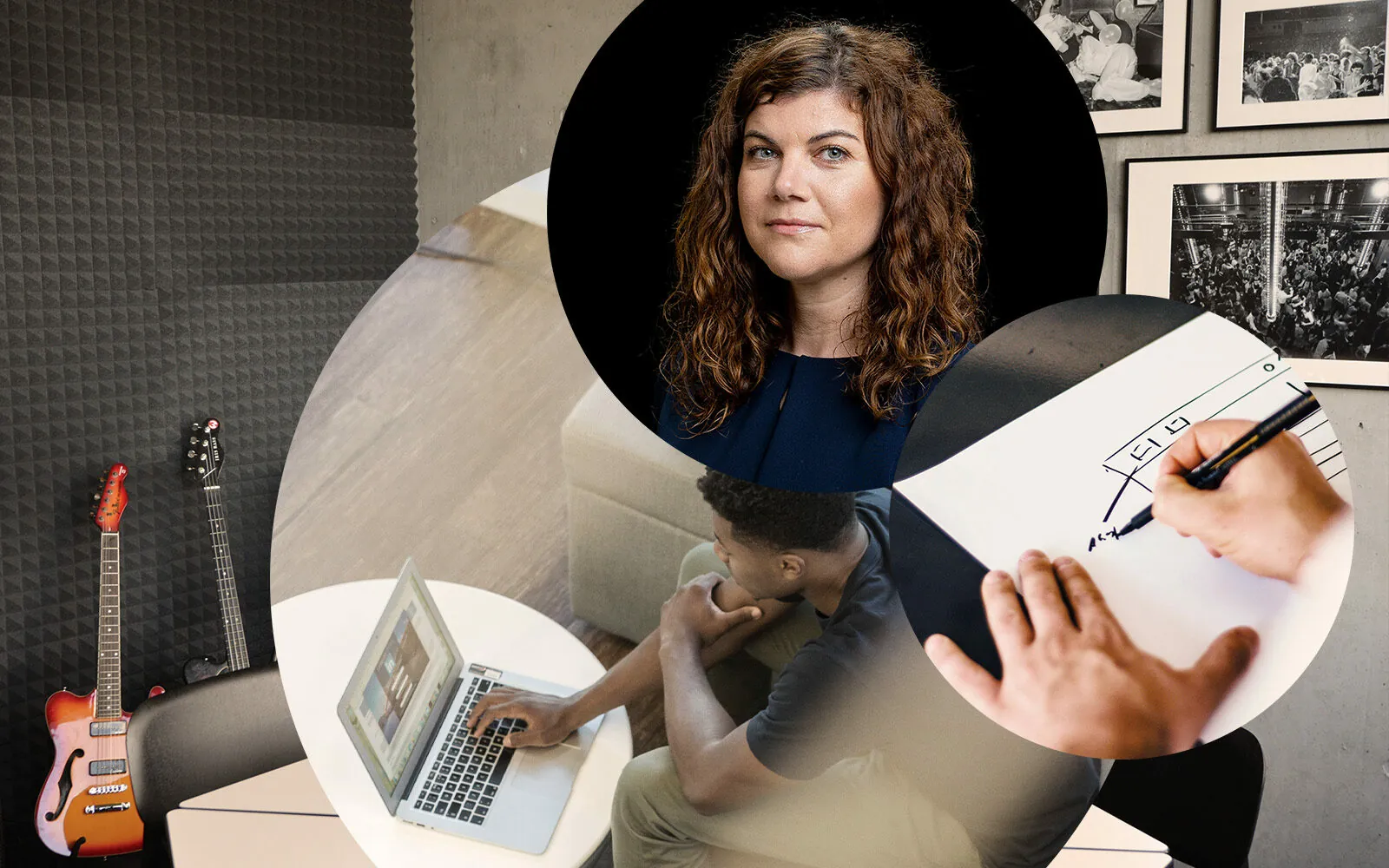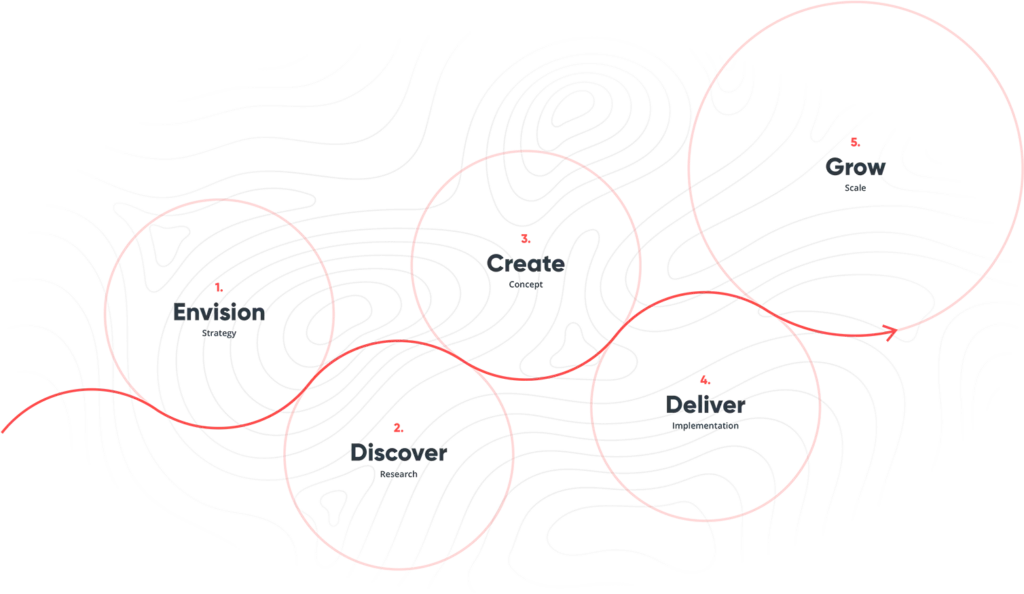User testing – on-site or remote: What’s better?
September 13, 2022

September 13, 2022

User testing is the “way to go” to ensure an optimal user experience from the point of view of the customer. Especially in the areas of retail and e-commerce, it is important to test the current user experience (UX) in order to continuously improve upon it.
There’s no way around it: User testing requires extensive know-how. Experienced partners like valantic will support you in the implementation of UX tests – both on site and remotely.
What are the differences between the two options? We asked our Director of UX Strategy, Elena Gocheva. Read on to get the answer!

Having users test systems
User testing is based on the proven method of usability testing, which is primarily concerned with the functionality of a system. The concept of UX testing goes one step further and incorporates the subjective impressions and experiences of users.
Customized UX tests at valantic
At valantic, the user testing process looks as follows:

Our approach sounds good to you?
We are looking forward to your inquiry!
Differences & advantages summarized
Depending on the individual requirements of our clients, we conduct UX tests on site or remotely. Decision criteria can be the product (system) to be tested, the task, different language versions or the location of the test subjects.
On-site UX tests take place directly on the client company’s premises, at one of our valantic locations or in a usability lab at a market research institute. An experienced UX expert conducts the test with the respective test subjects. The client observes this from another room, accompanied by a second UX expert. Immediately after each test, the user’s challenges are discussed and suitable options for optimization are defined. Thus, at the end of the day, a common picture emerges for planning the next steps.
Advantages:

With remote testing, the tests take place remotely via video chat. For this option, access to the product should be provided and tested in advance. The guideline and the scenarios to be completed are geared towards remote execution. Live observation on the client’s side is possible without disturbing the test subjects. If the participant agrees, there is also the possibility to record the test.
Advantages:
Regardless of whether you opt for remote or on-site testing: At valantic, we focus on you and your customers’ needs in accordance with the user-centered approach (UCA).

The right test for every phase
At valantic, we work according to the principles of the UCA. This user-centered project methodology puts users at the center of everything we do. It is divided into five phases, which consist of different services.

Depending on the goal, the project phase, and the status of the product being tested, UX testing can be done in the following three phases:
Discovery phase
At the beginning of a project, it is important to test the current status of the product. The goal is to get to know the needs, challenges and wishes of users. In this phase – also called the research phase – the goal is to identify possible improvements based on the test results.
Create-phase (or early delivery phase)
We want to test the first product versions with end customers right away. That’s why rapid prototyping tests are used in the creative concept phase. These can be carried out as follows:
Good to know: At valantic, we often offer both prototyping tests as a package. Because of the interactive optimization of the product, important questions and requirements are asked at an early stage. The result: an application that is as user-friendly as possible.
Do you want to conduct on-site or remote user tests to optimize the user experience on your website, in your online store, or in your app?

Our expert – your contact person
At valantic, you’re in the right place. Contact us now and book your appointment with one of valantic’s UX experts!
Don't miss a thing.
Subscribe to our latest blog articles.